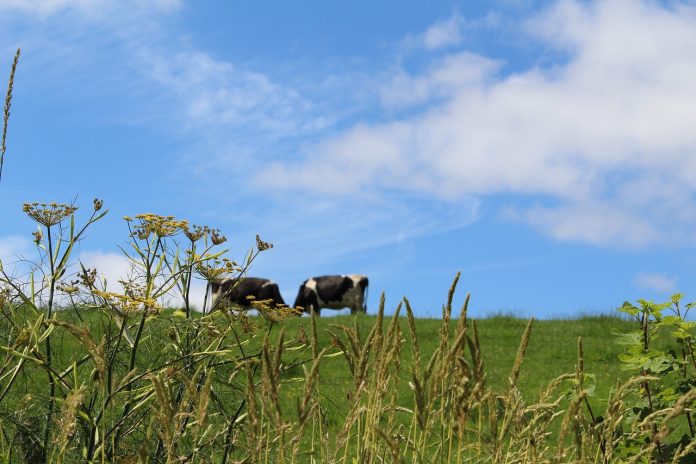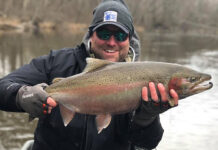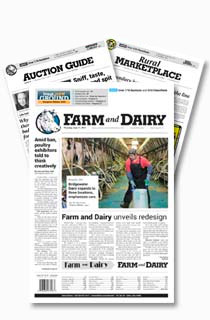As the cold winter months come to an end, spring signals the start of a new grazing season for livestock. Proper preparation is essential for maximizing pasture productivity, ensuring the health of your animals and making the most of the natural resources available to you.
Here are some key steps to help you prepare for a successful spring grazing season.
1. Assess pasture condition
Before the grazing season begins, take time to assess the condition of your pastures. Check for grass and forage species. Identify the types of grasses and legumes growing in your pasture. Some species may be more winter hardy than others, and knowing what’s available will help you plan for grazing. Ensure that invasive weeds or pest problems have been addressed. Weeds can compete with grass and reduce forage quality. Finally, a soil test will help determine whether you need to apply any fertilizers or amend the soil to improve nutrient levels.
2. Manage grazing rotations
As soon as your pasture starts to green up, begin managing your grazing strategy. A rotational grazing system can greatly improve pasture health and animal performance. This system involves dividing your pasture into smaller paddocks, allowing livestock to graze one area while giving other paddocks time to recover and regrow.
You will want to set stocking rates. Determine how many animals your pastures can support based on the quality and quantity of available forage. Overgrazing can damage pastures and reduce their ability to regenerate. Timing is critical in a rotational grazing system. Once a paddock has been grazed, give it time to rest and regrow before allowing the animals back in.
3. Check fencing and water systems
Ensure that your fencing is in good condition to keep animals in and predators out. Check for damaged wires or posts that need repair or replacement and tight gates that open and close easily. You will also want to make sure your water troughs or tanks are clean, functional and easily accessible for your animals. Spring rains or thawing snow can sometimes cause water systems to clog or freeze.
4. Prepare livestock
Prepare your livestock for the transition to spring grazing by making sure your animals are up-to-date on vaccinations and deworming. Spring is a good time to conduct general health checks, particularly after a long winter indoors or in confined spaces.
If your animals have been on stored feed throughout the winter, gradually transition them to fresh pasture to avoid digestive issues. Introduce small amounts of green grass at first and increase access as their digestive systems adjust.
5. Plan for supplemental feed
While fresh pasture is often the primary food source in spring, there may be times when pasture growth isn’t sufficient to meet your livestock’s nutritional needs, particularly in early spring. Having a plan for supplemental feeding is essential.
Ensure you have enough high-quality stored hay to supplement pasture during the early grazing period, especially if the grass is still too young or sparse to provide adequate nutrition. Provide a mineral block or loose minerals that meet the specific needs of your animals, as some areas may have deficiencies in certain minerals like salt, calcium, or phosphorus.
6. Monitor weather conditions
Spring weather can be unpredictable, with periods of rain, frost or even late snowstorms. Be prepared to adjust your grazing plans based on weather patterns. Wet, muddy conditions can damage pastures, so monitor your animals’ access to the land, and be prepared to restrict grazing if needed to avoid pasture degradation.
7. Record keeping and observation
Keep records of your grazing schedule, pasture conditions and any treatments or interventions you make throughout the season. Regular observation will help you make informed decisions about when to move livestock, when to rest pastures and how to adjust your grazing management strategies. Monitoring your pastures and animals will allow you to be proactive in addressing potential problems before they escalate.
Conclusion. Preparing for spring grazing involves a combination of good pasture management, livestock health and weather awareness. By assessing pasture condition, managing grazing rotations and ensuring your livestock and infrastructure are ready, you’ll set the stage for a productive and sustainable grazing season.
With proper preparation, you can maximize the benefits of spring pastures, keep your livestock healthy and improve the long-term viability of your grazing system.













